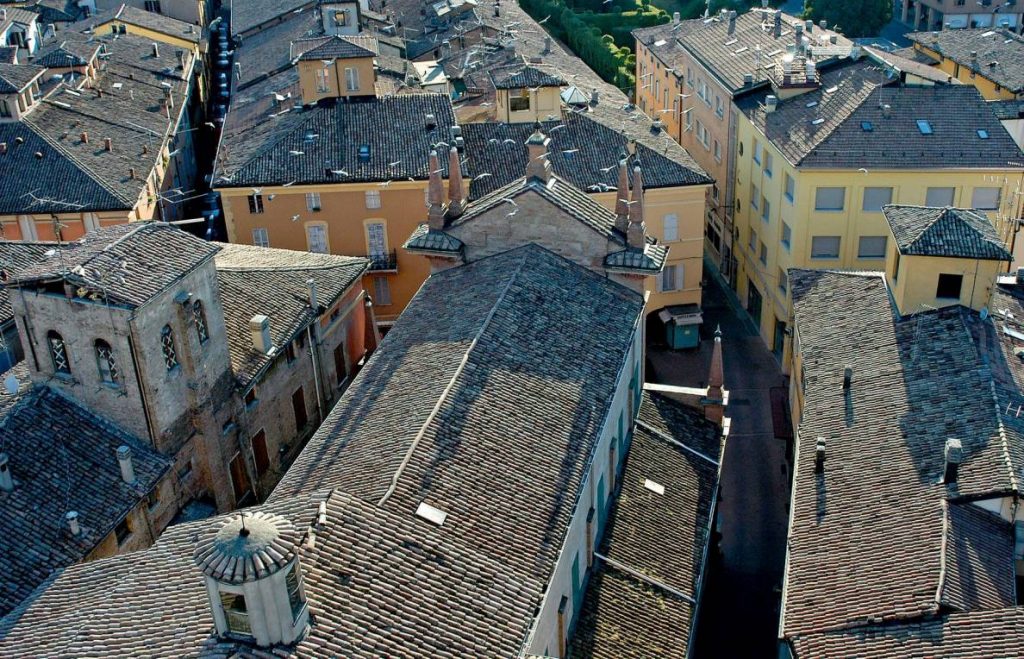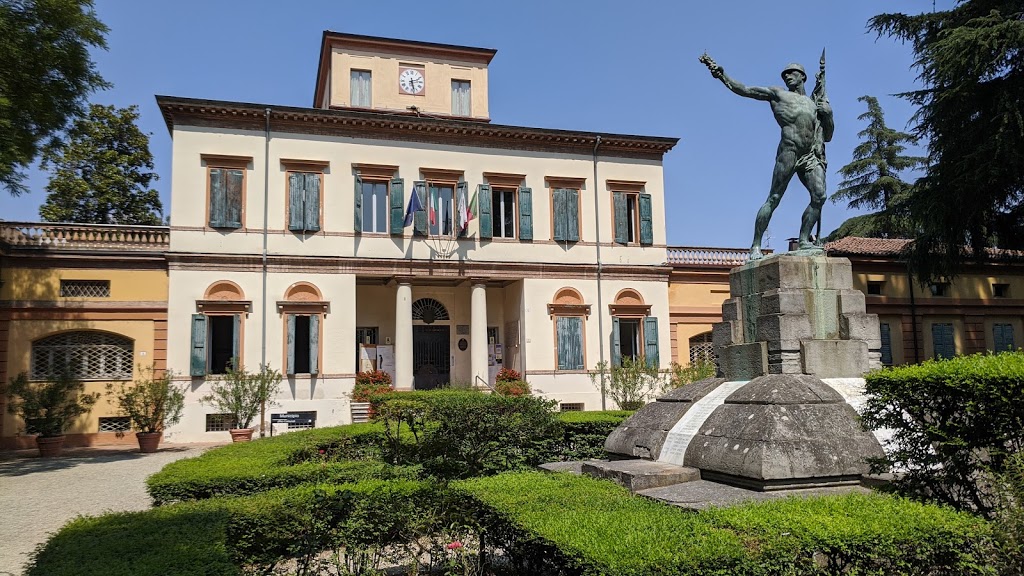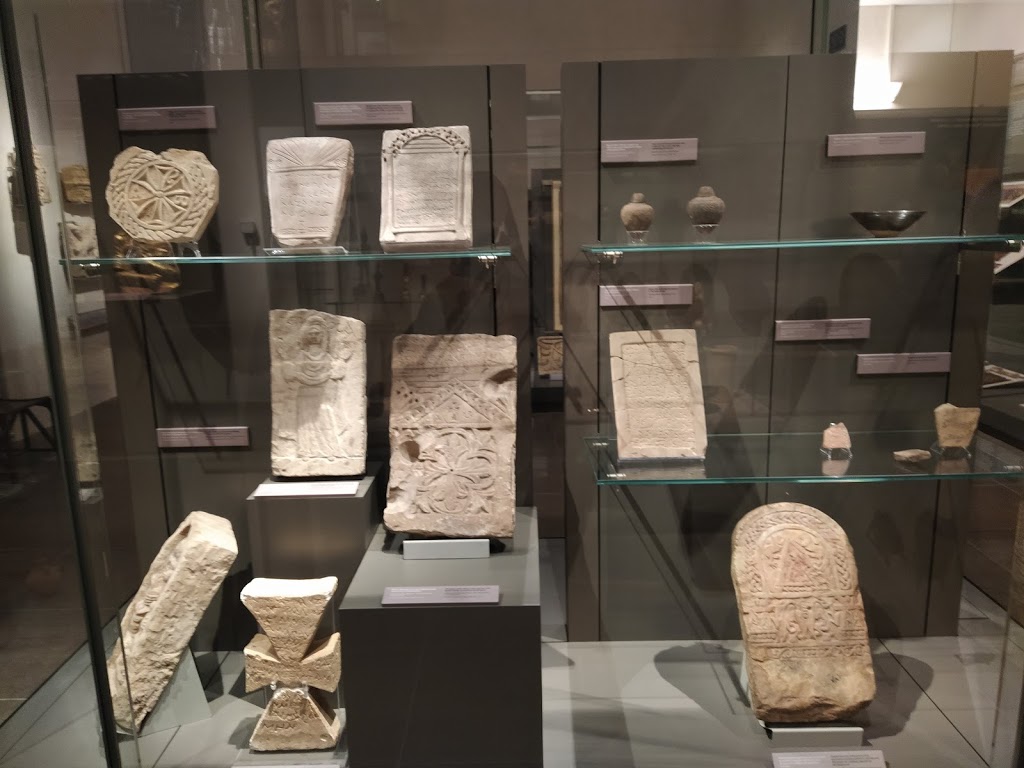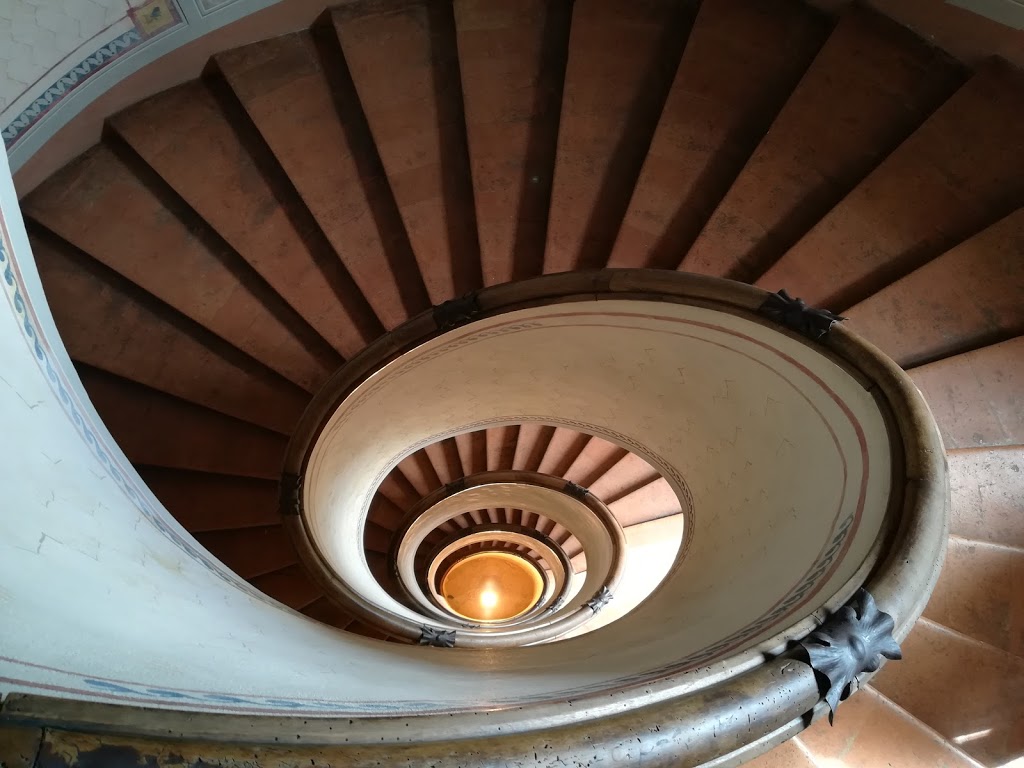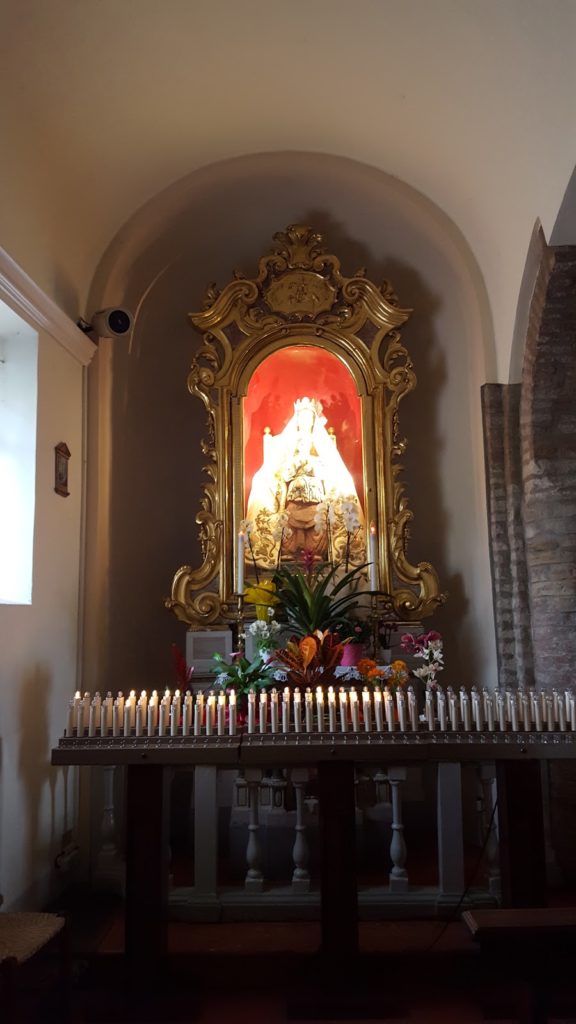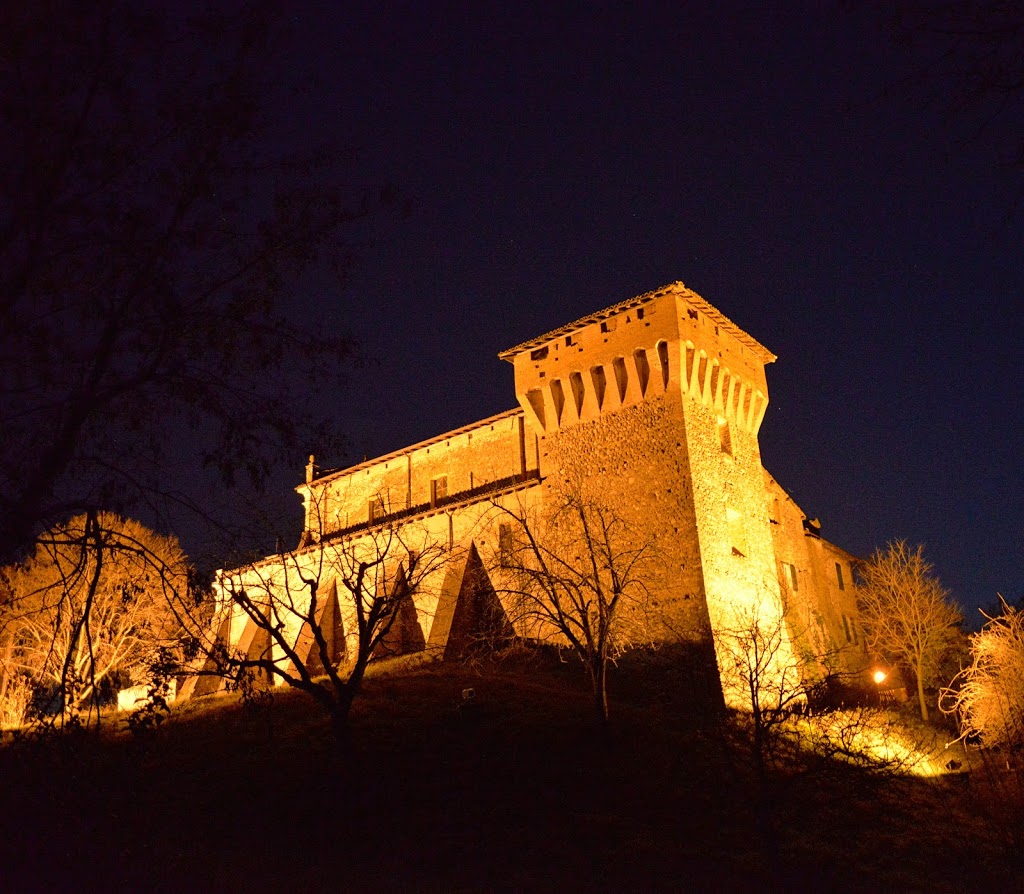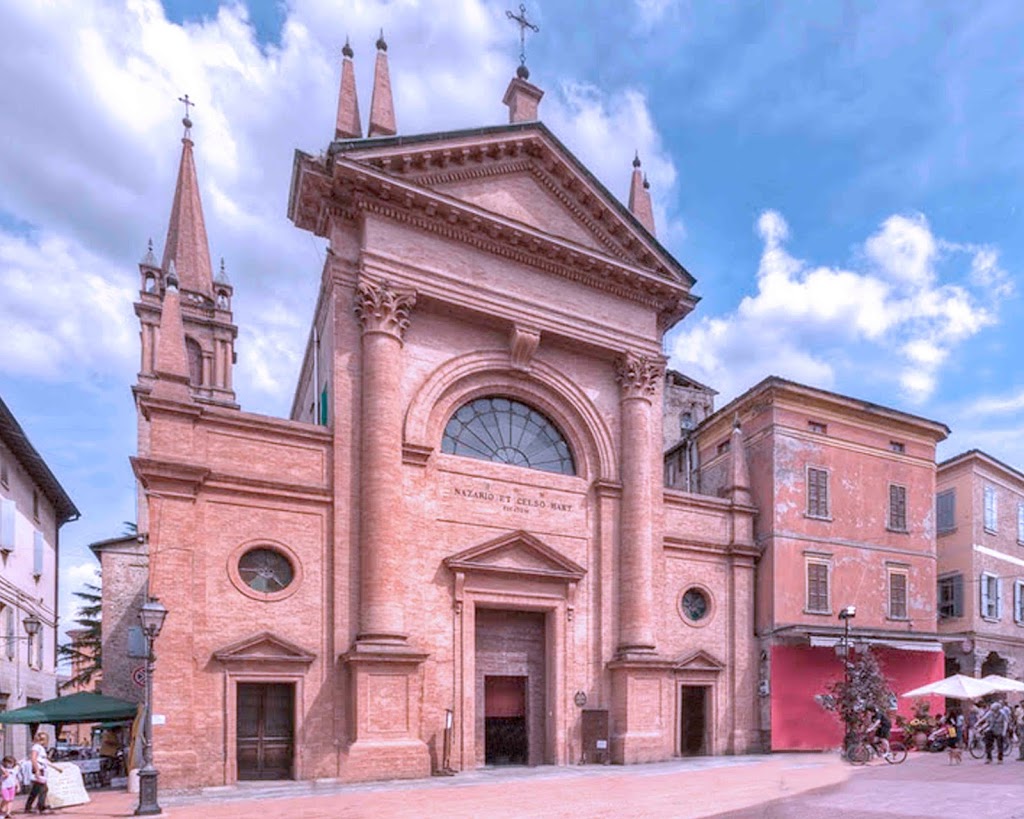The first documented attestation of the presence of an inhabited settlement that takes the name of Vignola is in 826 AD. in a document belonging to the Abbey of Nonantola. The castle of Vignola thus developed even before its famous fortress and will continue to expand and change over the centuries.
The historic center of Vignola contains two main phases of expansion. The oldest which is reflected in the so-called Castelvecchio and the fifteenth-century one that is the expansion of the urban center which takes the name of Castelnuovo.
The oldest part develops as the first settlement surrounded by fortified walls with moat on the northern and western sides, while on the southern and eastern sides the castle was naturally protected by the overhang on the Panaro river.
The entrance was located under the clock tower which was accessed by crossing two drawbridges (one pedestrian and one wider for wagons) whose holes for the beams are still visible, the tower is no longer visible. original apex since its current appearance is the result of changes made during the twentieth century. The early medieval Vignola developed around the Rocca including the streets Tufo, Castelvecchio, Belvedere and the current Piazza Boncompagni, the structures inside the Castelvecchio must have been very dense and heterogeneous, just think that where Palazzo Contrari-Boncompagni currently stands there were well eleven houses.
With the arrival of the Contrari family in the fifteenth century, the expansion of the city center began, leading to the creation of a new city wall interspersed with defensive towers that enclosed the so-called Castelnuovo. The old ditches were converted into the courtyard areas and given the impossibility, given the geological situation, to expand regularly, the new center expands on the north-west directions giving the Castelnuovo a diamond shape still visible and thus placing the Rocca in a decentralized position towards the east.
Where the current Corso Italia develops there was the dry moat close to the surrounding walls of which a portion is still visible on the west side with the presence of two surviving towers: The Galvani tower built in stone and with a square plan that belonged to the homonymous family who took care of and financed the erection and the tower known as the “Polpetta” which was modified after the sixteenth century in a circular shape and which currently houses the Old River restaurant. Between these two towers there remains a portion of the surrounding wall on which the suggestive Galvani Garden stands.
The streets of Castelnuovo still present original portions of Bolognese arcades, of considerable historical interest and important for understanding the commercial value that Vignola had in those centuries.

